Virtual F1 explained. An interview with Marco Fainello

In the Formula 1 of the future, the use of simulation techniques will become ever more important and so, after many years working with the FIAT Research Centre, Ferrari chose to take the very important step of building a simulator based on a specification that places it at the cutting edge in this area.
To get a better understanding of the subject, www.ferrari.com brings you an exclusive interview with Marco Fainello, Head of Vehicle Performance and the design of the simulator.
Can you start by explaining what exactly is a simulator?
“Basically, it consists of a Formula 1 car cockpit, surrounded by images that a driver would see if he was at the wheel of a real car, including what can be seen in the rear view mirrors. The cockpit, fitted with identical controls (pedals, steering wheel and so on) as used on track, is mounted on a platform which transmits signals from electronically controlled actuators, which can reproduce every possible movement in all directions, thus putting together everything a driver could feel if in a car. It is impossible to exactly reproduce every movement of the real car because that would require a space as big as a real race track: therefore techniques are used to select and replicate some of these movements in a way that is compatible with the space available and that are also useful in terms of getting the driver to experience some of the sensations he would feel on a track.”
What does the driver see when he is in the cockpit?
The track is replicated on a specific computer that uses a faithful 3D reproduction, including objects found at the side of the track and in the background, the track itself, it’s characteristics in terms of kerbs, and the actual track surface. Furthermore we have imaged data relative to the position of the sun and shadows that this creates and we can modify some external parameters, such as air and track temperature, as well as wind direction and strength.”
What is the real scope of a simulator?
No driving simulator is capable of reproducing the real feeling that a driver experiences in a car: the sensitivity of human beings and expert drivers such as those in Formula 1, is too high to create the impression of being in a real car, when driving on a non-straight course while sitting in a room. Nevertheless, simulators can provide some sensations (visual, forces, movement, vibration, noise) which in some areas are identical, in others are similar or in others still, are different but close enough to real ones. This means it is possible to drive a model of a virtual vehicle, experiencing sensations that can be referenced to a real one. With a sufficiently experienced driver and engineers, who analyse the results, it is possible for a simulator test to produce data useful to the development of the car and in terms of how the driver interacts with the handling and the controls on the vehicle. All of these elements come together with the advantage of being able to carry out various tests in total safety, reducing costs in terms of logistics and equipment, saving time and without being at the whim of the weather, which can be set and maintained to whatever one wants. Finally, with similar results, the simulator reduces the effect on the environment, compared to a real test, using much less energy than if the same tests had been carried out on track.”
Can one say that the simulator can totally replace on-track development?
Driving simulators can definitely not replace real track testing, but like many other calculator-based methods and test benches (in fact, this piece of equipment is a mix of both these methods) it can contribute to the design and development process for new parts that can be used on the car, thus reducing costs and saving time.”













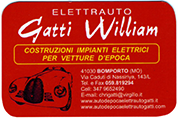


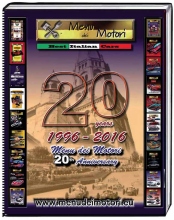 History of "Menu dei Motori"
History of "Menu dei Motori"
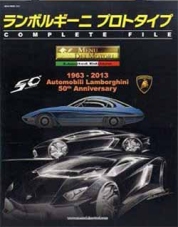
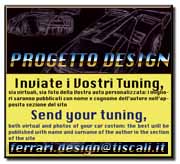 DESIGN PROJECT
DESIGN PROJECT UNIVERSITA' DI MODENA
UNIVERSITA' DI MODENA






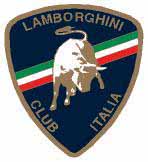

Comments
Nessun commento presente
Add Comment